Marcy Harrington, marcyw@uw.edu, Pacific Northwest Agricultural Safety and Health Center, Ver. 5/28/2020
The news for COVID-19 and logging work does have its bright side - the work continues and is one of the lowest risk occupations! Although, now that we understand the persistence of this virus, and as activities in farming have picked-up, so has the spread of coronavirus to many rural communities. Loggers are a family, and the fabric of many rural American communities, so here we offer practical advice to keep your co-workers, family, and community safe.
Loggers are the safest profession when it comes to coronavirus risk. Source: New York Times calculated using O*NET, a database sponsored by the US Department of Labor.
This article directs you to guidance, reviewed and recommended through a cross-center collaboration of the NIOSH-CDC Agricultural Safety & Health Centers (our mission includes forestry too) and is in alignment with NIOSH-CDC and OSHA federal guidance. Each Center offers safety and health expertise that can help with COVID-19 response and your general workplace safety.
What are the personal risks and symptoms?
Previous health studies with loggers show a workforce with age and health risk factors for COVID-19. Workers should be aware of their own risk factors. Symptoms often include a fever, cough, or shortness of breath, or at least two of these: fever, chills, repeated shaking with chills, muscle pain, headache, sore throat, or new loss of taste and smell. It is now understood that people can commonly have COVID-19 and not show symptoms.
The virus is understood to spread:
Between people who are in close contact with one another (within approximately 6 feet). Duration of contact is also important; Loggers often have prolonged contract with co-workers which can increase risk for transmission.
Through respiratory droplets produced when an infected person coughs, sneezes, or talks. Transmission occurs through the air and through contaminated surfaces or objects, such as tools or equipment.
What are the best COVID-19 resources for logging management?
To respond to region-specific risks and rules, first refer to your state departments of health and labor for your area guidance and help.
Encourage each person to reduce transmission with these proven control measures: wash/sanitize your hands, avoid touching your face, and wear a mask in public contact.
The Forest Resources Association (FRA) COVID-19 website. This site includes:
A COVID-19 State Tracker Tool, providing state by state information to keep members up to date on the status of the forest products industry.
A COVID-19 National Page which lists and explains policy and resources at the national level that are available during the COVID-19 pandemic.
Logging Management - Assessment and Control Plan:
Conduct your worksite risk-assessment and develop your preparedness and response plan that works for your operation and location. Identify workers who may be at increased susceptibility for COVID-19 and consider adjusting their work responsibilities to minimize exposure.
Guidance on Preparing Workplaces for COVID-19 (Spanish). OSHA
Revised Enforcement Guidance for Recording Cases of COVID-19. OSHA
Guidance for Businesses and Employers Responding to COVID-19. CDC
Training & Guidance for Logging:
Coronavirus Basic Prevention Measures (fact sheet). AOL and PNASH Center
Loggers ultimate social distances, but not immune to COVID-19 (article). By Niels de Hoop for the Louisiana Forestry Association
Keep Your Logging Site Safe (poster). SWAG Center
Work Camps. For logging work camps, refer to CDC’s guidance for shared housing.
Transportation. WA Dept. of Labor and Industries:
Use alternative transportation arrangements to decrease use of a crew bus.
Decrease the number of riders on the crew bus to maintain social distancing.
Arrange or encourage workers to drive by themselves to the worksite.
Work with your timber landowner to ensure private vehicles are permitted on their land.
Using a facemask does not substitute for social distancing.
Stress Management:
The US Disaster Distress Helpline. Call 1-800-985-5990 or text TalkWithUs to 66746 to connect with a trained crisis counselor. A 24/7, 365-day-a-year, national hotline dedicated to providing immediate crisis counseling for people who are experiencing emotional distress related to any natural or human-caused disaster.
Related COVID-19 Guidance:
Industry-specific Guidance (farming and construction offer useful strategies for logging). CDC
N95 Alternatives for Pesticide Handling. CA Dept. of Pesticide Regulation
COVID-19 Spanish materials. Compiled by PNASH Center
If you have additional resources or a specific idea/solutions you would like to share, submit your solutions through this COVID-19 Practical Solutions Survey, or feel free to contact me at marcyw@uw.edu. We’ll be sharing these and other new resources back to you and the US logging community through your Associations and PNASH’s COVID-19 Resources for Forestry. As experience and science develops on this virus, so will public health guidance and recommendations.

